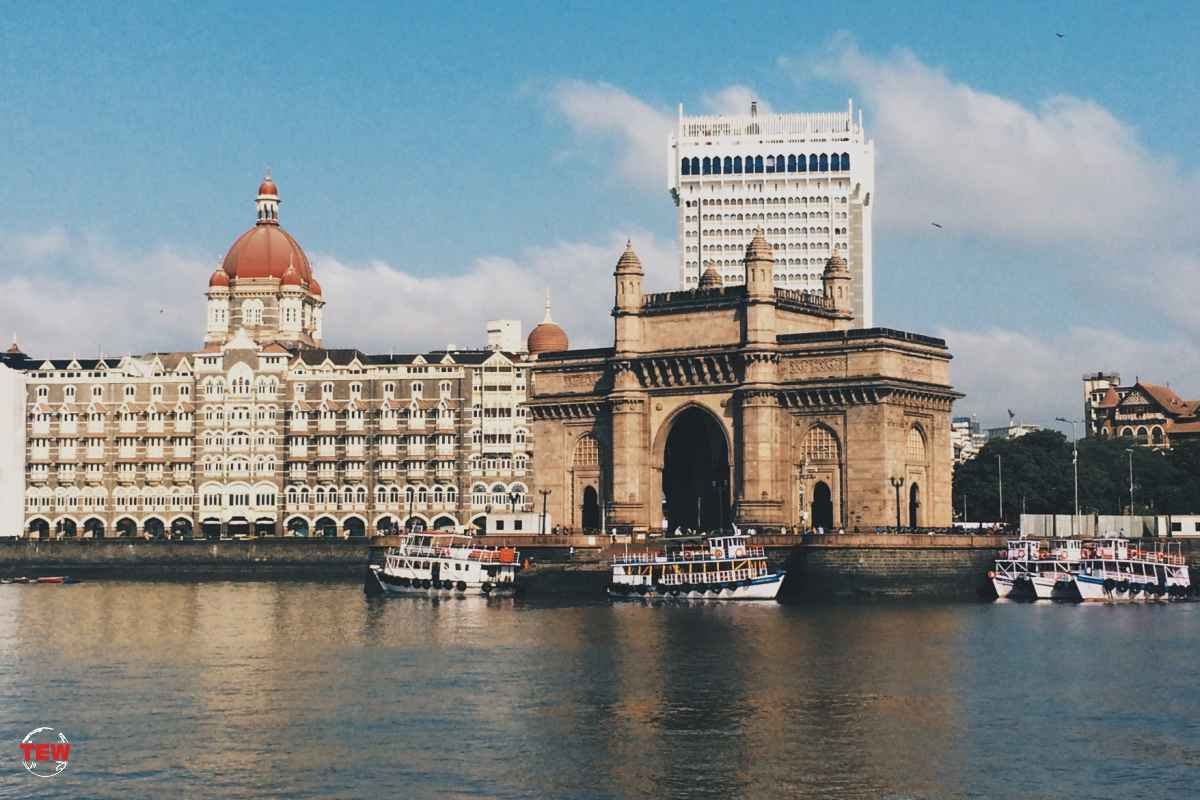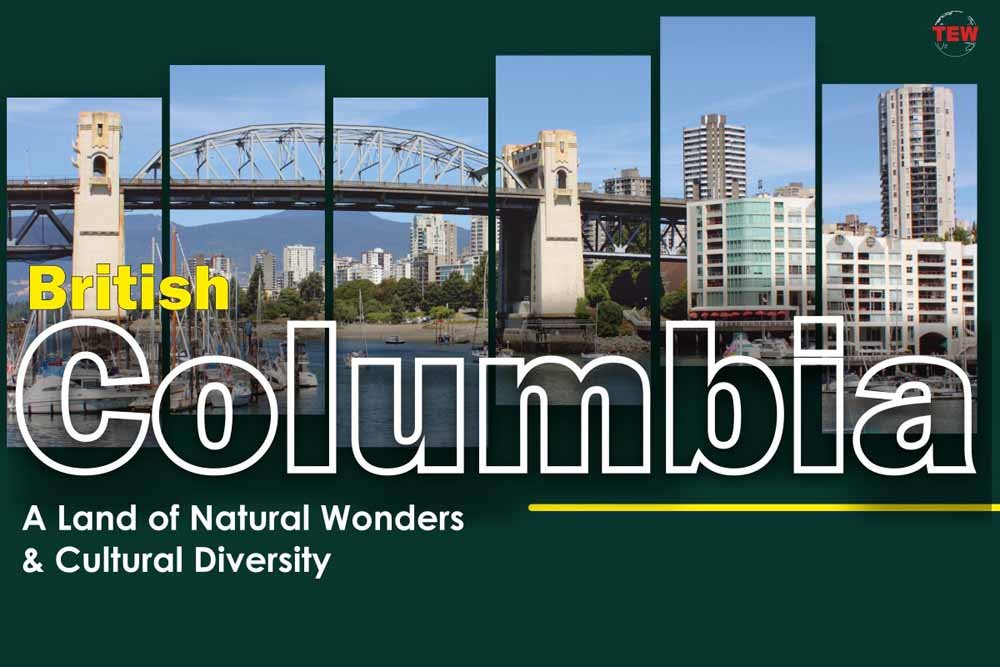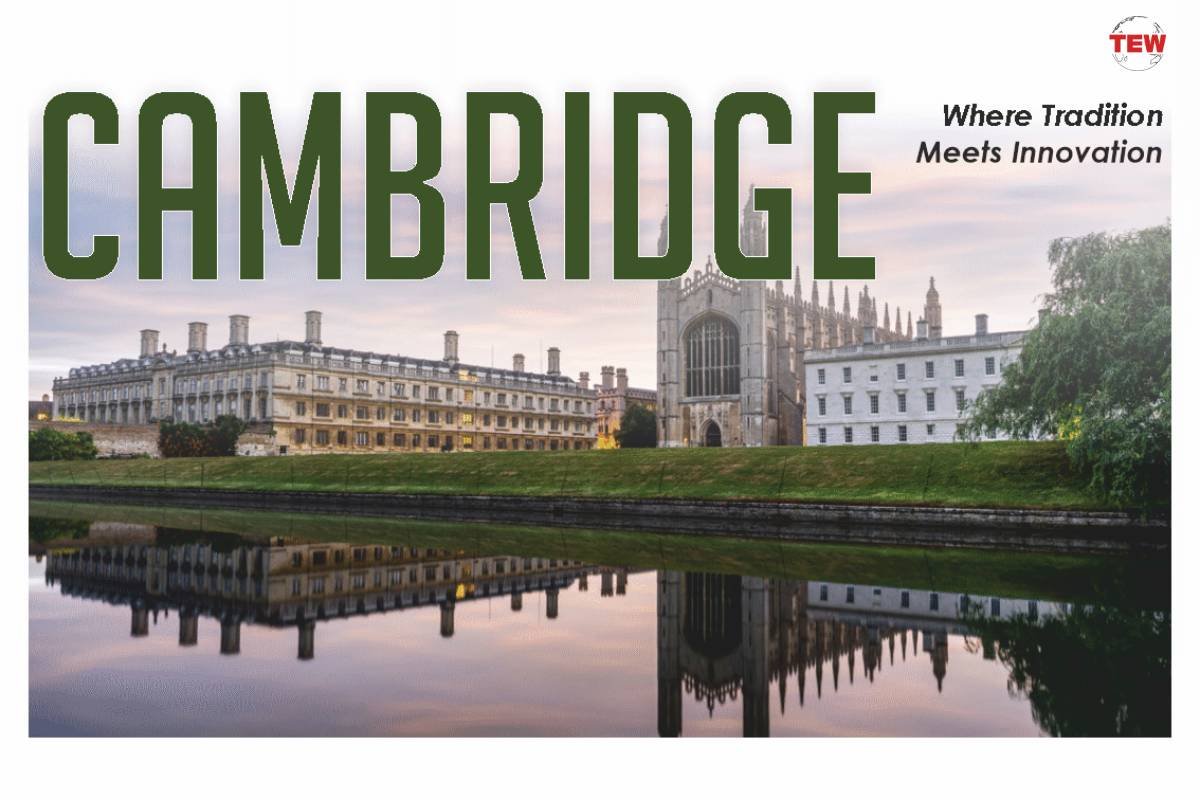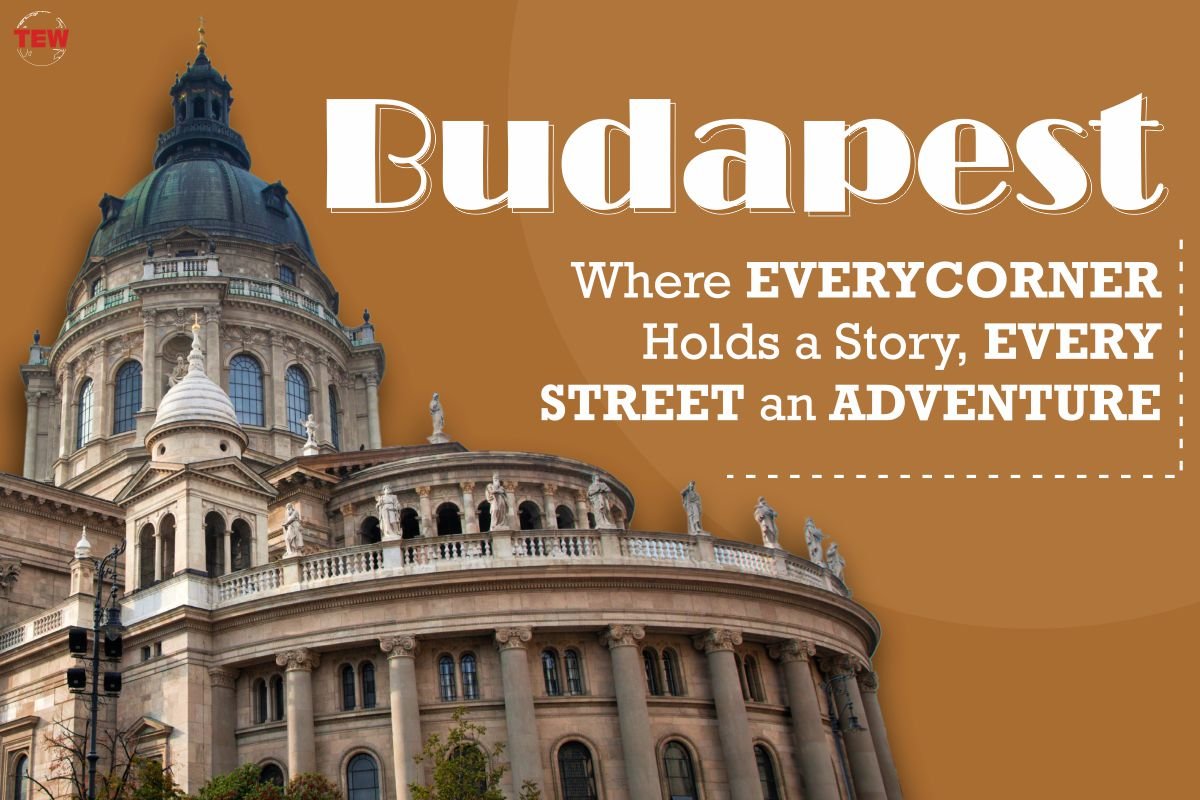Mumbai, the heart of Maharashtra, the economical capital of India, and a city that makes your heart skip a beat, that makes you dream of things you never dreamt of, that makes you head fast into the world and take on it with utmost passion and resilience! Of course, how can a city make you feel all those things? But Mumbai can! With towering buildings, fast railways, and unnerving infrastructure that moves you at every step, Mumbai is one city where you don’t just live, but you experience living, That’s why Mumbai is called Mumbai the city of dreams.
The city has earned its name for various reasons in the world, and probably one of the most interesting one of them all is that Mumbai has the greatest number of millionaires and billionaires among all the other cities in India. Mumbai is also home to three of the UNESCO World Heritage sights, the Elephanta Caves, Chhatrapati Shivaji Maharaj Terminus, and an ensemble of Victorian and Art Deco Buildings throughout the city. Designed in the 19th and 20th centuries, these buildings still stand strong today with their beautiful architectural styles.
Mumbai The City of Dreams comprises seven islands that were once home to several communities of Marathi-speaking Koli people. For centuries, these groups of islands have been under the successive rulership of the various leaders that ruled over India and Mumbai. It was first ruled by the indigenous rulers, after which it came under the possession of the Portuguese Empire, before finally landing in the hands of the East India Company in 1661.

During the mid-18th century, the city was reshaped, under which there took place the construction of major roads, railways, and many more. This project came to an end in the year 1845 after which Mumbai, or Bombay was successfully transformed into a seaport on the Arabian Sea. Later in the 19th century, Bombay was characterized by developments in all of its sectors, especially educational and economic developments. Mumbai The City of Dreams, is considered the financial, commercial, and entertainment capital of India.
It has also, been ranked among the top 10 centers of commerce in terms of the global financial flow, with the generation of 6.16% of India’s GDP and contributing to about 25% of the industrial output, 70% of the maritime trade in India and 70% of capital transactions to the country’s economy. The city is also known to house the headquarters of various important financial institutions and corporate and multinational institutions. Apart from these, Mumbai is also home to India’s premier scientific and nuclear institutes.
Now known as one of the most modern cities in Maharashtra, Mumbai is very well known for the cultural influences it has on the world. The city houses a number of monuments and cultural hubs that make it the perfect amalgamation of the modern and the old.
Geographical Importance of Mumbai
Mumbai is located on a tapered cape on the southwest of Salsette Island, which is between the Arabian Sea to the west Thane Gulf to the east, and Vasai Gulf to the north. Most of the islands are occupied by the Mumbai residential district. Mumbai The City of Dreams incorporates two recognizable terrains: Mumbai City district and Mumbai Suburban district, which form two separate yield districts of Maharashtra. Island City or South Mumbai is commonly referred to as the city district.
The total area of Mumbai is 603.4 km. Of this, the island city incorporates around 67.79 km, while the suburban district spans 370 kmper sq., together counting for 437.71 kmper sq. under the governance of the Municipal Corporation of Greater Mumbai (MCGM).
The rest of the areas belong to different Defence establishments, the Mumbai Port Trust, the Atomic Energy Commission, and the Borivali National Park, which are out of the authority of the MCGM. The Thane, Palghar, and Raigad districts in addition to Greater Mumbai, comes under the province of the Mumbai Metropolitan region and cover an area of 4,355 km.

Mumbai The City of Dreams is located at the mouth of the Ulhas River on the western coast of India, in the coastal region known as the Konkan. It is situated on Salsette Island (Shashti Island), which it partly shares with the Thane district. Mumbai is enclosed by the Arabian Sea towards the west. Many parts of the city is just above sea level, with altitude ranging from 10 m to 15 m. The city has an average altitude of 14 m.
Excluding the Bhatsa Dam, Mumbai The City of Dreams owns six major lakes that provides water to the city: Vihar, Lower Vaitarna, Upper Vaitarna, Tulsi, Tansa, and Powai. The supply from Powai lake is within the city limits, and is used only for agricultural and industrial purposes. The coastline of the city is indented with numerous gulfs and bays, stretching from Thane creek on the eastern to Madh Marve on the western front. The eastern coast of Salsette Island is covered with large mangrove swamps, rich in biodiversity, while the western coast is mostly sandy and rocky.
Mumbai The City of Dreams has equatorial weather, particularly a tropical wet and dry climate under the Köppen climate classification. It varies between a sun-baked period extending from October to May and a wet period peaking in June. The cooler season from December to February is followed by the hotter season from March to May. The period from June to about the end of September constitutes the southwest monsoon season, and October and November form the post-monsoon season.
History of Bombay
Mumba or Maha-Amba the name of the patron goddess of Mumbai from where the name of Mumbai is derived. Mumba Devi eternal goddess of Mumbai also known as Gram Devi (goddess of the specific region). The goddess is worshiped by the Koli tribe mainly having Marathi as their mother tongue. The Koli people originated in Kathiawar and Central Gujarat, and according to some sources they brought their goddess Mumba with them from Kathiawar, where she is still worshipped. However, other sources disagree that Mumbai’s name was derived from the goddess Mumba.
Before the 20th century, Mumbai The City of Dreams was known as Bombay. Till the 20th century, Mumbai -The City of Dreams was under British surveillance. After independence Mumbai got its own identity replaced by the name Bombay to Mumbai. A resident of Mumbai is called Mumbaikar in Marathi, in which the suffix -kar means a resident of. The term had been in use for quite some time but it gained popularity after the official name change to Mumbai. Older terms such as Bombayite are also in use.
Glacial epoch residues found along the coastal areas around Kandivali in northern Mumbai suggest that the islands were inhabited since the South Asian Stone Age. Perhaps at the beginning of the Common Era, or possibly earlier, they came to be occupied by the Koli fishing community.
Between the 2nd century BCE and 9th century CE, the islands came under the control of many successive aboriginal dynasties like Satavahanas, Western Satraps, Abhira, Vakataka, Kalachuris, Konkan Mauryas, Chalukyas and Rashtrakutas, etc. Some of the oldest evidence found in the city built during this period are the Jogeshwari Caves built between 520 and 525, Elephanta Caves built between the sixth to the seventh century, Walkeshwar Temple built in the 10th century, and Banganga Tank.
In spirit with the Royal Charter of 27 March 1668, England rented these islands to the English East India Company in 1668. Later in 1687, The East India Company shifted its headquarters to Bombay from Surat. The metropolis gradually became the headquarters of the Bombay Presidency. After India’s independence in 1947, the protectorate of the Bombay Presidency maintained by India was renovated into Bombay State.
The area of Bombay State enlarged, after various former princely states that bounded the Indian union was incorporated into the state. Eventually, the city became the capital of Bombay State. In April 1950, the Municipal limits of Bombay were expanded by merging the Bombay Suburban District and Bombay City to form the Greater Bombay Municipal Corporation.
A Cultural Heritage

The cultural heritage of Mumbai The City of Dreams represents the various cultures and generations that live in the city, and how ethnically diverse the city is. Mumbai houses several libraries, literary institutions, and museums that are the hotspot to know about the glorious days of Mumbai.
The Chhatrapati Shivaji Maharaj Vastu Sanghralaya
The Chhatrapati Shivaji Maharaj Vastu Sanghralaya is a museum that is housed in a building that is a British version of the architectural styles of Hindu and Muslim. The Museum was formerly called the Prince of Wales Museum of Western India. It contains three main sections- of art, archaeology, and natural history.
The museum was founded in the 20th century and documents the history of India from pre-historic to modern times. It houses as much as 50,00- exhibits from ancient Indian history as well as some of the objects from foreign lands. From the Indus Valley Civilization artifacts to other relics of Indian dynasties like that of the Maurya, Gupta, Chalukyas, and Rashtrakuta.
The Gateway of India
The image of Mumbai The City of Dreams, the celebrity of Mumbai, the Gateway of India is one of the most loved and the greatest monuments in Mumbai. This Gateway was built to commemorate the arrival of George V, the Emperor of India. Often known as the jewel in the crown, the Gateway of India pays homage to the legacy of British colonial rule in India. The monument is so special to the Mumbaikars because it is the first thing a traveler sees when he/she enters Mumbai by sea route. One can’t help but gasp over the sheer beauty and strength the Gateway of India!
Asiatic Library
The Asiatic Society of Mumbai is a learned society of Mumbai in the field of Asian Studies. Its origins can be traced to the Literary Society of Bombay, which was first met in Mumbai on 26th November 1804 and was founded by Sir James Mackintosh. Formed with the intention of promoting useful knowledge, the society then became affiliated with the Royal Asiatic Society of Great Britain and Ireland and came to be known as Bombay Branch of the Royal Asiatic Society.
Kala Ghoda
If you are an art lover, then there is no way that you haven’t heard of Kala Ghoda. The Kala Ghoda is a crescent-shaped art district in Mumbai The City of Dreams. The city’s various heritage buildings like the art galleries, and educational institutes like the Jehangir Art gallery, the National Gallery of Modern Art, The Arts Trust- Institute of Contemporary Indian Art, and many such more.
Each year in February, the city hosts the famous Kala Ghoda Arts Festival. This annual festival runs for 9 days and includes various art performances from visual arts, music, drama, cinema, literature and many more. The Kala Ghoda Arts Festival every year encourages new talent in the entertainment and arts industry.
Chhatrapati Shivaji Terminus
The Chhatrapati Shivaji Terminus was first planned to be the office of Great Indian Peninsula Railways and now serves as the Central Railways Headquarters. Chhatrapati Shivaji Terminus, or CST or formerly known as the Victoria Terminus is one of the busiest spots in the entire city. It is also named as a UNESCO World Heritage site for its finest and oldest Victorian-Italianate-Gothic style architectural style.
CST is a historic railway station, with marble ornamental ironwork, multi-colored stones and tiles. The building stands ever so elegantly in Mumbai with wings and a colossal dome with the structure of a woman called as the Statue of Progress with a flamed torch in her right hand and a wheel in her left hand, signifying progress.
Rajabai Clock Tower
The Rajabai Clock Tower is located in South Mumbai and resides in the fort campus of University of Mumbai. Designed by Sir George Gilbert Scott in the 1860s and was funded by Premchand Roychand, a businessman and a stockbroker. Roychand’s mother was blind and he wanted her to have her meals on time, which was the main reason why he built this tower.
The clock tower has a bell to keep track of time. It was named Rajabai after Roychand’s mother. The tower is visually similar to London’s Big Ben. With Gothic and Venetian architectural styles, the Rajabai Clock tower is an 85-meter-tall building and has been standing tall in Mumbai for decades.
The Taj Mahal Palace Hotel

The Taj Mahal Palace Hotel is a luxury hotel located in the Colaba area of Mumbai. The Taj Mahal is often regarded as one of the best luxury hotels of the East, it is also one of city’s most iconic landmarks.
Even after 113 years of the hotel’s existence, the hotel still stands strong and has been able to retain its prestige and prominence. The hotel has a long and glamorous history of having served to some of the most notable guests including presidents, film stars, music legends and many more.
Marine Drive
Marine Drive is a 3-kilometer-long boulevard along the Netaji Subhash Chandra Bose Road in Mumbai The City of Dreams, India. The road and walkway were constructed by Pallonji Mistry. It is a ‘C’-shaped six-lane concrete road along the coast of a natural bay. The northern end of Marine Drive is Girgaon Chowpatty and the adjoining road along links Nariman Point at the southern tip to Babulnath and Malabar Hill at the northern tip.
Marine Drive is located on retrieved land facing west-south-west. Marine Drive is also known as the Queen’s Necklace because, when viewed at night from a high altitude point anywhere along the drive, the street lights resemble a string of pearls in a necklace.
Goregaon Film City
Film City or Dadasaheb Phalke Chitra Nagari is a non-segregated film studio complex located near Sanjay Gandhi National Park in Goregaon East, Mumbai The City of Dreams in India. It has various recording rooms, gardens, lakes, theatres, and grounds that serve as the venue of many Bollywood and Marathi films. It was created in 1977 by the state government to allow facilities and concessions to the film industry. The plan for Film City was put together and accomplished under the supervision of V. Shantaram.
It was renamed Dadasaheb Phalke Chitra Nagari in 2001 in memory of India’s first producer-director-screenwriter Dadasaheb Phalke, who is considered as the father of the Indian film industry. It has been the shooting location for almost all Bollywood films. It has many types of locations available for shooting including permanent sets of a temple, prison, court, lake, mountains, fountains, villages, picnic spots, gardens, and a man-made waterfall.
Film City spans more than 520 acres in the suburbs of Mumbai and has approximately 42 outdoor shooting locations and 16 studios.
World-famous Cuisines of Mumbai The City of Dreams
Mumbai is loved by many Indians and foreigners too. also, have a variety of dishes to offer. Street food of Mumbai is loved by every single person living or roaming on the streets of Mumbai. The food sold by hawkers from portable market stalls in Mumbai combines as delicious dishes in pocket-friendly price. It is one of the characteristics of the city.
The city is known for its distinctive street foods. Although street food is common all over India, street food in Mumbai is noted because people from all economic classes eat on the roadside almost round the clock and it is sometimes felt that the taste of street food is better than restaurants in the city.

Mumbai The City of Dreams is the capital of Maharashtra one of the important states of India. Is dominated by Maharashtrian food. Vada pav is noted as the most popular street food in Mumbai. Other noted street foods in Mumbai includes panipuri, bhelpuri, sevpuri, dahipuri, sandwiches, ragda-pattice, pav bhaji, Chinese bhel, idlis and dosas, all of which are vegetarian. In terms of non-vegetarian offerings, omelet-pav, kebabs, and fish are found on Mumbai streets. The amount of variety of street food is attributed to the cosmopolitan culture of the city.
The economy of Economical Capital of India
Being the financial capital of India. Mumbai The City of Dreams contributed immensely in the economic growth of India for many decades. Mumbai is India’s second-largest city by population and is generating 6.16% of the total GDP. It works as an economic hub of India, contributing 10% of factory employment, 25% of industrial output, 33% of income tax collections, 60% of customs duty collections, 20% of central excise tax collections, 40% of India’s foreign trade and ₹4,000 crores (US$500 million) in corporate taxes.
Since 1991 Mumbai has been growing rapidly with the growth of India. The finance boom in the mid-nineties and the IT, export, services, and outsourcing boom in the 2000s would always be in the records of India’s growth. Although Mumbai had remarkably figured out as the hub of economic activity of India in the 1990s, the Mumbai Metropolitan Region is presently witnessing a reduction in its contribution to India’s GDP.
Recent estimates of the economy of the Mumbai Metropolitan Region is evaluated to be $606.625 billion ranking it either the most or second-most productive metro area of India. The metropolis is the leading city in India in terms of Industrialization and employment.

Alluring factor of Sports & Education in Mumbai
Sports
Cricket is more admired than any other sport in the metropolis. Mumbai is native to the Board of Control for Cricket in India (BCCI) and Indian Premier League (IPL). The city based Mumbai Indians compete in the Indian Premier League. Mumbai has two international cricket grounds, the Wankhede Stadium and the Brabourne Stadium. The first cricket test match in India was played in Mumbai at the Bombay Gymkhana.
Football is another most admired sport in the city, with the FIFA World Cup and the English Premier League being accompanied widely. In the Indian Super League, the city is constituted by Mumbai City FC. While the city based Kenkre FC competes in the I-League. When the Elite Football League of India was introduced in August 2011, Mumbai was remarkably noted as one of eight cities to be awarded a team for the inaugural season.
Education
The primary education system of the MCGM is the enormous urban primary education system in Asia. The MCGM administers 1,188 primary schools transmitting primary education to 485,531 students in eight Indian languages like Marathi, Hindi, Gujarati, Urdu, English, Tamil, Telugu, and Kannada. The MCGM also imparts secondary education to 55,576 students through its 49 secondary schools.
Under the 10+2+3/4 plan, students complete ten years of schooling and then enrol for two years in junior college, where they select one of three streams: arts, commerce, or science. Most colleges in the city are affiliated with the University of Mumbai, one of the largest universities in the world in terms of the number of graduates.
The University of Mumbai is one of the leading universities in India. According to the survey of America’s News Broadcasting firm Business Insider in 2012, Mumbai was ranked 41 in the Top 50 Engineering Schools of all over the world. and was the only university in the list from the five emerging BRICS nations viz Brazil, Russia, India, China and South Africa. Even, according to the survey of India Today in 2013, University of Mumbai ranked 5th in the list of best universities in India.





